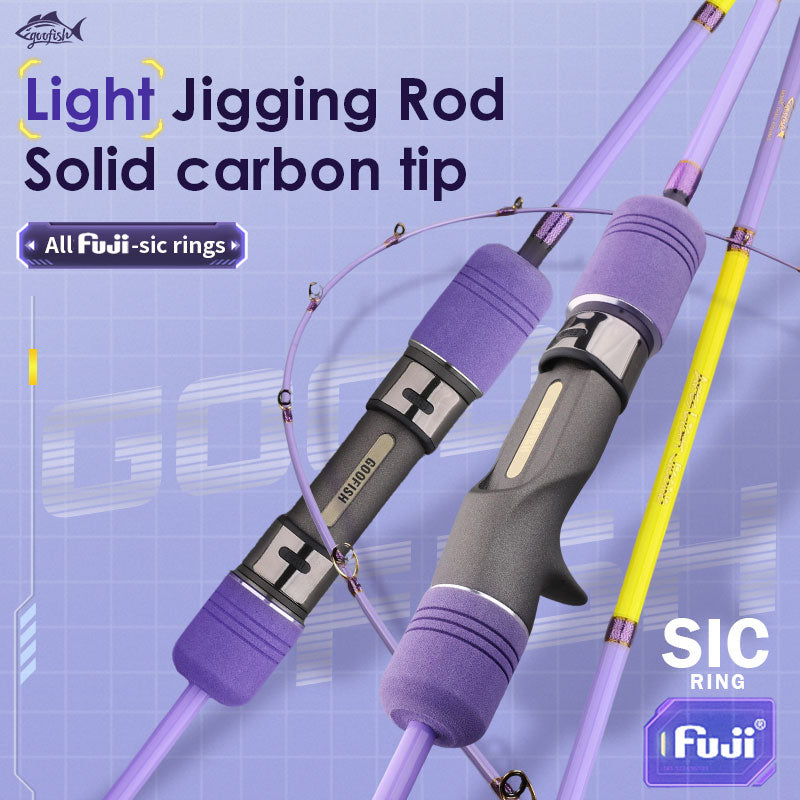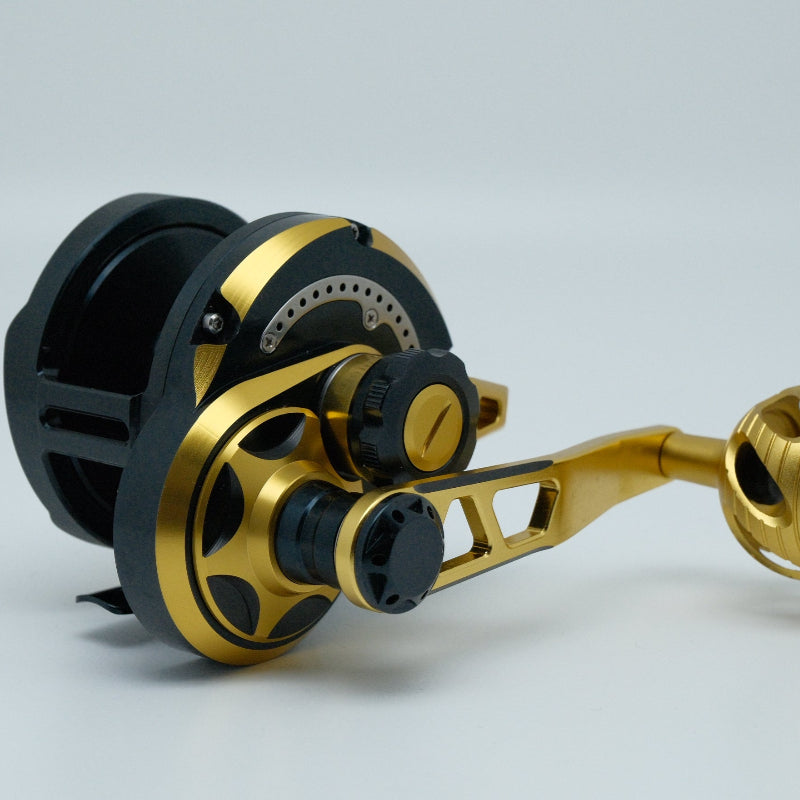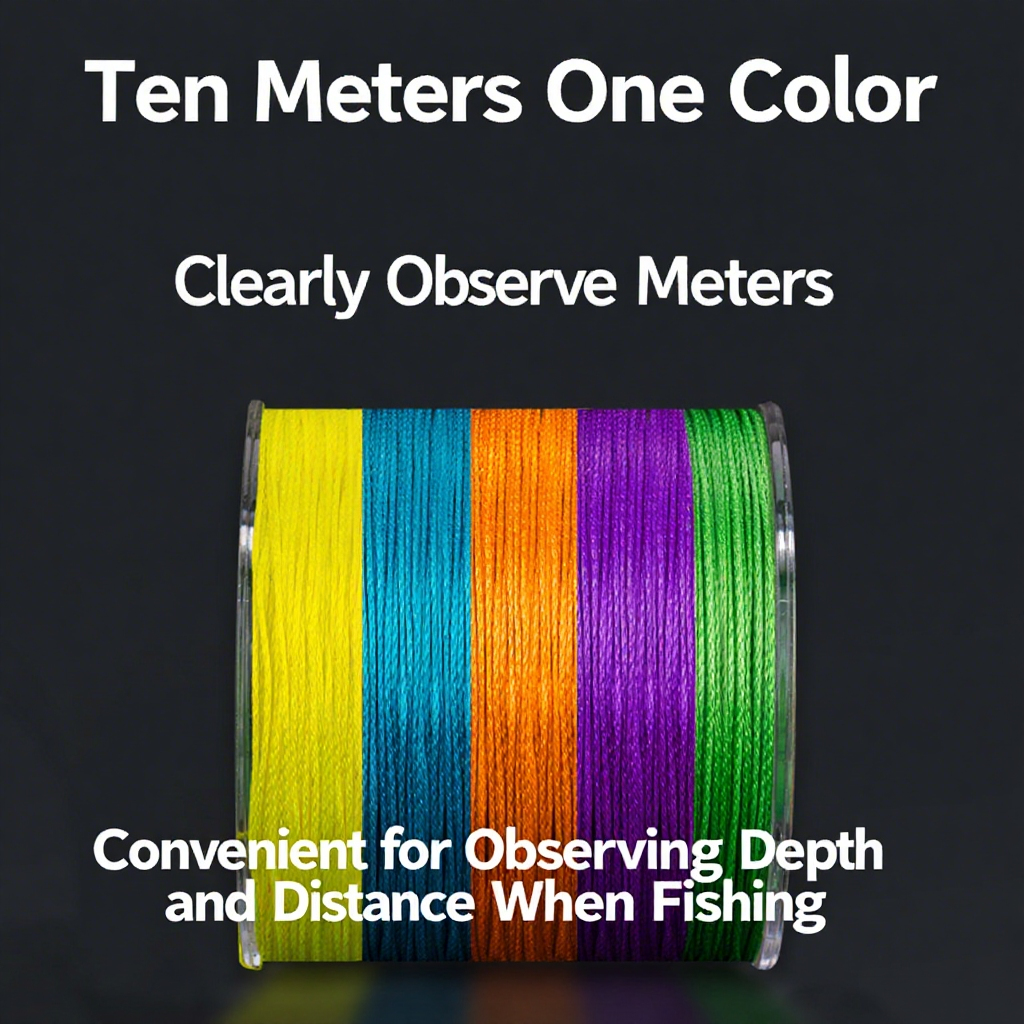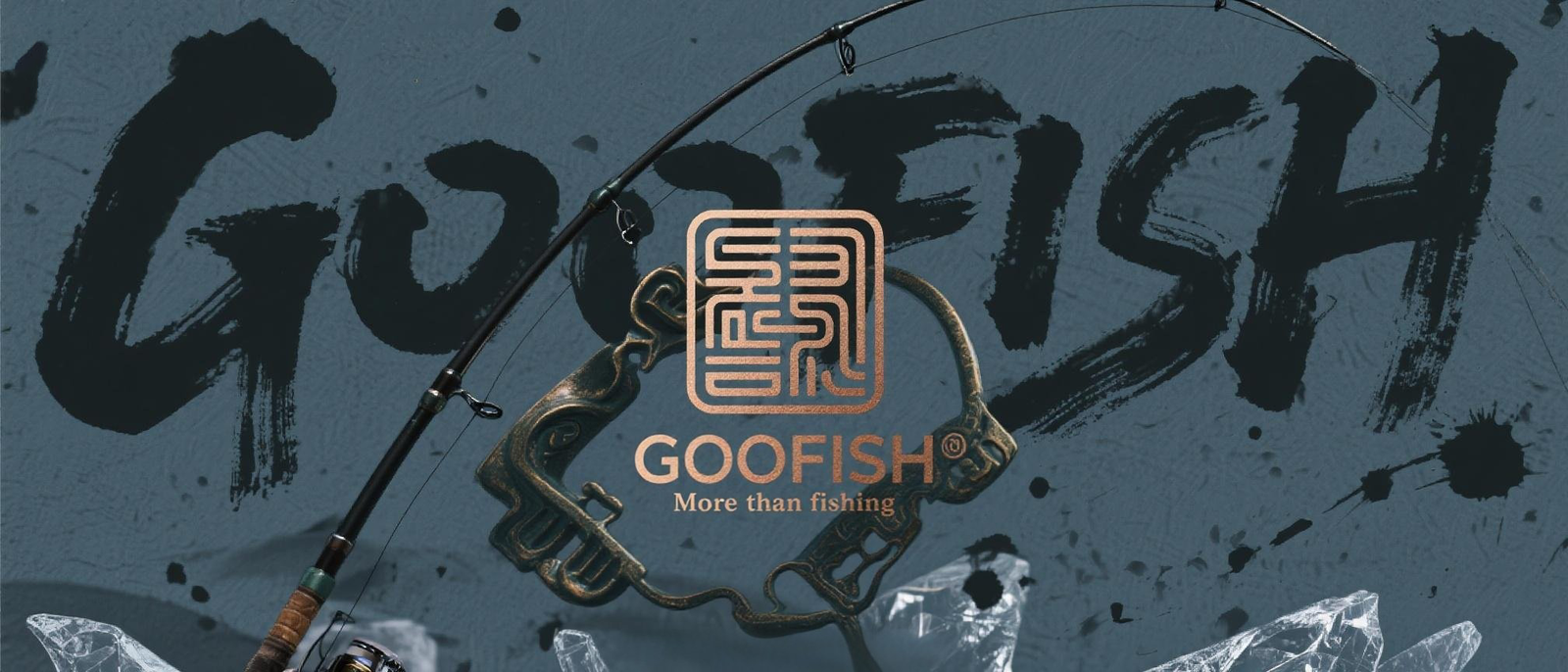Surf Fishing’s “Golden Window”: How to Use Tidal Charts + Current Predictions to Lock In Daily Prime Spots
For surf fishing enthusiasts, timing is everything. The difference between a fruitful day on the shore and a quiet afternoon often boils down to understanding the golden window—that perfect alignment of tides and currents that brings fish flocking to the surface. Whether you’re a seasoned angler or just starting out, mastering the art of reading tidal charts and predicting currents can transform your surf fishing strategy. Let’s dive into how to identify and capitalize on these prime moments, all while choosing the right gear to enhance your chances.
What Is the “Golden Window” in Surf Fishing?
The golden window refers to the specific timeframe during a tide cycle when water movement (tides and currents) is optimal for baitfish and target species like striped bass, redfish, or flounder to feed actively. Tides are driven by lunar gravity, while currents are influenced by wind, water depth, and tidal flow. Together, they create “hot zones” where fish congregate to hunt or ambush prey. Identifying this window requires analyzing two key tools: tidal charts and current predictions.
Step 1: Master Your Tidal Charts for Timing
Tidal charts provide critical data on high and low tides, tide heights, and flow direction. Here’s how to use them effectively:
- Check Local Sources: Use apps like Tides Near Me, Magicseaweed, or official government sites (e.g., NOAA) for accurate, location-specific data.
- Look for “Slack Tide” Transitions: The periods just before and after high/low tide—when water movement slows (slack tide)—often precede the most active feeding windows. As the tide begins to move again, baitfish are swept into feeding lanes, attracting predators.
- Note Tide Range: Larger tidal swings (spring tides) typically create stronger currents and more pronounced feeding activity than neap tides (smaller swings). Adjust your gear and spots based on the predicted range.
Pro Tip: Plan your sessions around prime tide phases (e.g., 2 hours before/after high tide) when currents are ideal for drawing fish to the surface.
Step 2: Decode Current Predictions for Spot Selection
Currents determine where fish will position themselves. Use these strategies to match your efforts to the day’s flow:
- Identify Rips and Current Lanes: Strong, predictable currents often form rips (concentrated flows of water) or channels—perfect ambush points for fish. Look for areas where current speed increases or changes direction.
- Consider Wind and Weather: Onshore winds can push surface water toward the beach, enhancing baitfish movement, while offshore winds may push water offshore, exposing structure. Cross-reference wind forecasts with current predictions for accuracy.
- Test and Adapt: Keep a fishing journal to record how specific current patterns correlate with catches. Over time, you’ll learn which conditions (e.g., 1.5-foot currents at dawn) yield the best results.
Step 3: Equip Yourself for Success with the Right Gear
Having the right surf fishing rods and surf casting rods is non-negotiable for capitalizing on the golden window. Here’s what to prioritize:
- Rod Length and Power: Opt for surf casting rods (9–12 feet) for maximum casting distance to reach offshore structures. For inshore spots or finesse fishing, shorter surf fishing poles (6–8 feet) offer better control.
- Line and Lure Selection: Match your gear to the target species and current strength. Heavier lines (12–20 lb test) handle strong currents, while lighter options (6–10 lb) work for finicky fish in calm conditions. Use live bait (e.g., bunker, mullet) or soft plastics to mimic natural prey in moving water.
- Accessories: Bring a reliable tide clock, a waterproof notepad for tracking conditions, and a sturdy reel with a smooth drag to handle quick strikes in heavy currents.
Avoid Common Mistakes: Timing vs. Patience
Even with the best tools, surf fishing demands adaptability. Avoid these pitfalls:
- Ignoring Minor Tidal Shifts: Every tide phase (even neap tides) can produce bites—don’t write off a day based on “weak” predictions.
- Overlooking Local Knowledge: Local anglers often have insider tips on hidden spots or unique current patterns. Don’t be afraid to ask questions at the tackle shop!
Conclusion: The Science (and Art) of Surf Fishing
The golden window isn’t just a myth—it’s a predictable pattern waiting to be harnessed. By combining tidal charts, current predictions, and the right surf fishing gear, you’ll transform random casts into targeted strikes. Remember: consistency is key. Track your results, refine your approach, and soon, you’ll know exactly when and where to set up for success.
Ready to put this into practice? Start by downloading a tidal app, grabbing your surf casting pole, and hitting the beach at the next prime tide. Your “golden window” awaits!











Leave a comment